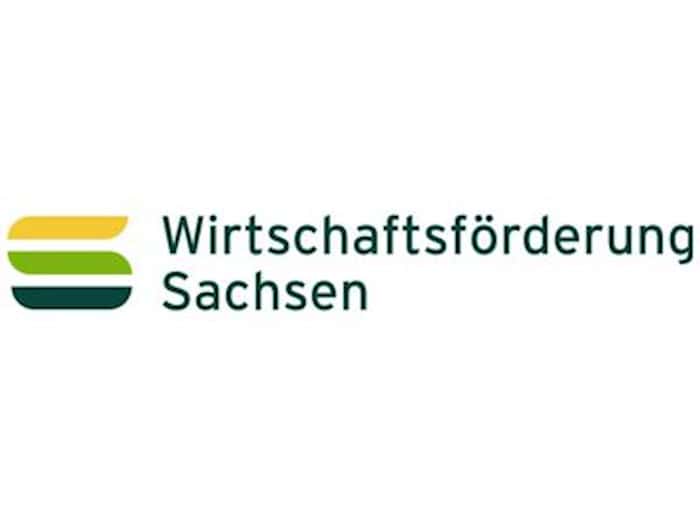
Training relationships also include dual students for the purposes of the grant. The grant can be applied for from the Sächsische Aufbaubank – Förderbank (SAB) after the six-month trial period has been successfully completed.
Saxony’s Minister of Economic Affairs and Employment, Martin Dulig: “For small and medium-sized companies, the additional effort involved in recruiting skilled workers or trainees internationally is particularly difficult to shoulder. They often lack the experience. This is exactly where our new support program comes in. Small and medium-sized companies can apply for a grant for training or employment relationships quickly and with little bureaucratic effort. We want to help them to help themselves, as our funding enables smaller companies in particular to gain their first experience of a new international recruitment channel.”
It is not only companies in Saxony that face the challenge of attracting, training and retaining skilled workers and employees. Saxony needs immigration into the labor market, especially of skilled workers. Since June 1, the regulations on the opportunity card from the amended Skilled Immigration Act have come into force. This enables the qualified immigration of workers and skilled workers in many ways.
When developing the support program, emphasis was placed on sustainable integration in addition to the greater effort required compared to finding and hiring domestic employees. Therefore, in addition to a good understanding of the German language as a central basis for social integration, training or employment that has already existed for at least six months is a prerequisite for a funding application. Based on experience from the trial period, it can be assumed that the employer has developed a certain degree of loyalty and that the foreign skilled worker has settled in well.
Allowing for available budget funds, up to three training and up to three employment relationships can be funded per company. The grants are staggered: For micro-enterprises with up to nine employees, the grant is the highest and amounts to 8,000 euros for the first application for an employment relationship (6,5000 euros for small and 5,000 euros for medium-sized companies). For a training relationship, micro-enterprises can receive 4,800 euros or 7,200 euros with a company-financed preparatory phase (small companies 3,900 or 5,850 euros and medium-sized companies 3,000 or 4,500 euros.)
Background
- Saxony has the highest employment rate in a state comparison (66.9 percent of residents between the ages of 15 and 65 are employed and subject to social insurance contributions). The number of people in employment rose again last month (by around 6,400 to more than 2.07 million).
- The number of foreign employees is growing: 131,300 employees in Saxony are foreign nationals – that is around eight percent of all employees (national average: 15 percent). The increase in employment in Saxony is almost exclusively due to foreign employees. The number of domestic employees increased only slightly by 0.2 percent in 2023, while the number of employees with foreign citizenship rose by a good eleven percent.
- According to the Saxony State Statistical Office, more than 1.64 million employees subject to social security contributions work in the Free State of Saxony (as of June 2023). Based on retirement at the age of 65, around 366,000 employees (179,000 men and 187,000 women) or a good 22 percent of those currently working in Saxony (employees subject to social insurance contributions who are currently aged 56+) will give up this employment over the next ten years.
– – – – – –
Further links
👉 https://standort-sachsen.de
👉 SAB – Sächsische Aufbaubank
👉 SAB: Beratungsförderung – Internationals
👉 Saxon State Ministry of Economic Affairs, Labor and Transport (SMWA)
Photo: pixabay




